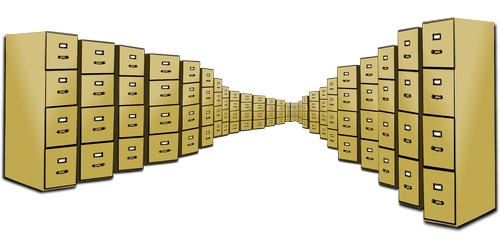If Seneca the Elder could have peered into the future, shock is likely too weak of a word to describe his reaction. The Roman rhetorician is credited for being among the first to complain about the overload of information when he, in the 1st century AD, lamented that the abundance of books had become a “distraction.”
Around 1440 AD, another round of complaints erupted with the invention of the printing press. Overwhelmed by the sheer amount of new information, scholars of the Gutenberg era found the proliferation of printed materials too difficult to manage.
Fast-forward a few centuries and you find articles titled “Death by Information Overload.” Published in 2009 by Harvard Business Review, the article makes a case that we’ve heard countless times over the past few years: We are drowning in a flood of data.
However, the writer, Paul Hemp, also makes a point that I want to focus on:
There’s hope, though. Innovative tools and techniques promise relief for those of us struggling with information inundation. Some are technological solutions—software that automatically sorts and prioritizes incoming e-mail, for instance—designed to regulate or divert the deluge. Others prevent people from drowning by getting them to change the way they behave and think. Who knows: Maybe someday even I will enjoy swimming in the powerful currents of information that now threaten to pull me under.
Nearly two years ago, I argued in this space that vendors would be wise to spend less time on their sales pitch and more time presenting data in a digestible format, ensuring compatibility with the end-user’s legacy systems, and aligning the solution with the end-user’s key performance indicators (KPIs).
Few people actually object to the value of data, and most are well informed of its potential impact, according to several surveys. Collected in a warehouse environment, data can profoundly boost productivity, safety, and inventory accuracy.
The issue that many still need to address is that all too often the step from collecting data to letting it drive decisions is more than the average organization can handle. Surveys show a surprising number of companies report they are either wary of advanced analytics tools or have failed to leverage the technology. Data generated by sensor-enabled technology, for example, does little good unless the end-user knows how to interpret and act on it.
But there are signs vendors are responding to the demand for user-friendly data. Just as you do not expect to sort through masses of data to find out how fast you are driving, leading vendors are eliminating and simplifying steps to help end users get the information that they are looking for without time-consuming analysis. New widgets or apps designed to consolidate data coming off multiple sensors will make data collection in the warehouse more accessible, and, as a result, more likely to lead to operational improvements.
Then talk of data overload may quiet down — until the next wave of disruptive innovation hits, that is.
What signs, if any, have you seen of more user-friendly data?
This article originally appeared in EBN Online.

